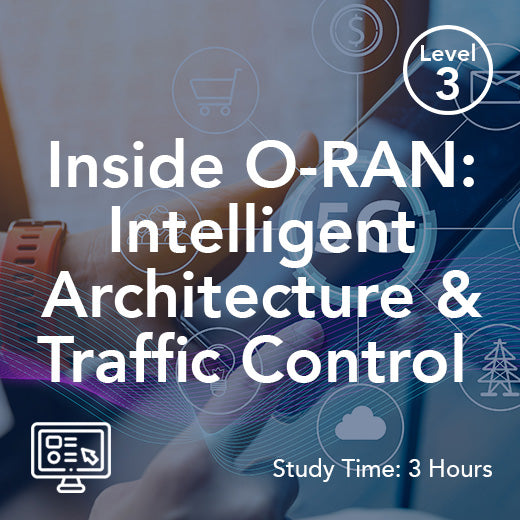What does 5G Standalone mean
- , by Paul Waite
- 2 min reading time
5G standalone, often abbreviated as 5G SA, is the next generation of mobile network technology that is set to revolutionize the way we connect and communicate. Unlike its predecessor, 5G non-standalone (NSA), which relies on existing 4G infrastructure for certain functions, 5G standalone is a fully independent network that operates solely on 5G technology.
So, what exactly does this mean for consumers and businesses alike? In a nutshell, 5G standalone offers faster speeds, lower latency, and greater reliability compared to previous generations of mobile networks. This translates to smoother streaming, quicker downloads, and improved overall performance for a wide range of applications, from video conferencing and online gaming to IoT devices and autonomous vehicles.
One of the key benefits of 5G standalone is its ability to support a massive number of connected devices simultaneously. This is made possible by its advanced network architecture, which includes virtualized and cloud-native elements that enable more efficient data processing and routing. As a result, users can expect a more seamless and responsive experience, even in crowded urban areas or at large events where network congestion is common.
Another important aspect of 5G standalone is its potential to enable new use cases and applications that were previously not feasible with older network technologies. For example, the ultra-low latency of 5G SA opens up opportunities for real-time applications such as remote surgery, augmented reality, and industrial automation. Additionally, the increased bandwidth and capacity of 5G standalone can support higher-quality video streaming, immersive VR experiences, and other data-intensive applications that demand high-speed connectivity.
From a business perspective, 5G standalone presents a wealth of opportunities for innovation and growth. Industries such as healthcare, manufacturing, transportation, and entertainment stand to benefit significantly from the enhanced capabilities of 5G SA, which can drive efficiency, productivity, and cost savings across a wide range of applications. For example, smart factories can leverage 5G standalone to enable real-time monitoring and control of production processes, while telemedicine providers can deliver high-quality healthcare services remotely using advanced telehealth solutions.
In conclusion, 5G standalone represents a significant leap forward in mobile network technology, offering faster speeds, lower latency, and greater reliability compared to previous generations of mobile networks. With its advanced capabilities and potential for enabling new use cases and applications, 5G SA is poised to transform the way we connect and communicate in the digital age. As the rollout of 5G standalone networks continues to expand globally, consumers and businesses can look forward to a future that is faster, smarter, and more connected than ever before.

































